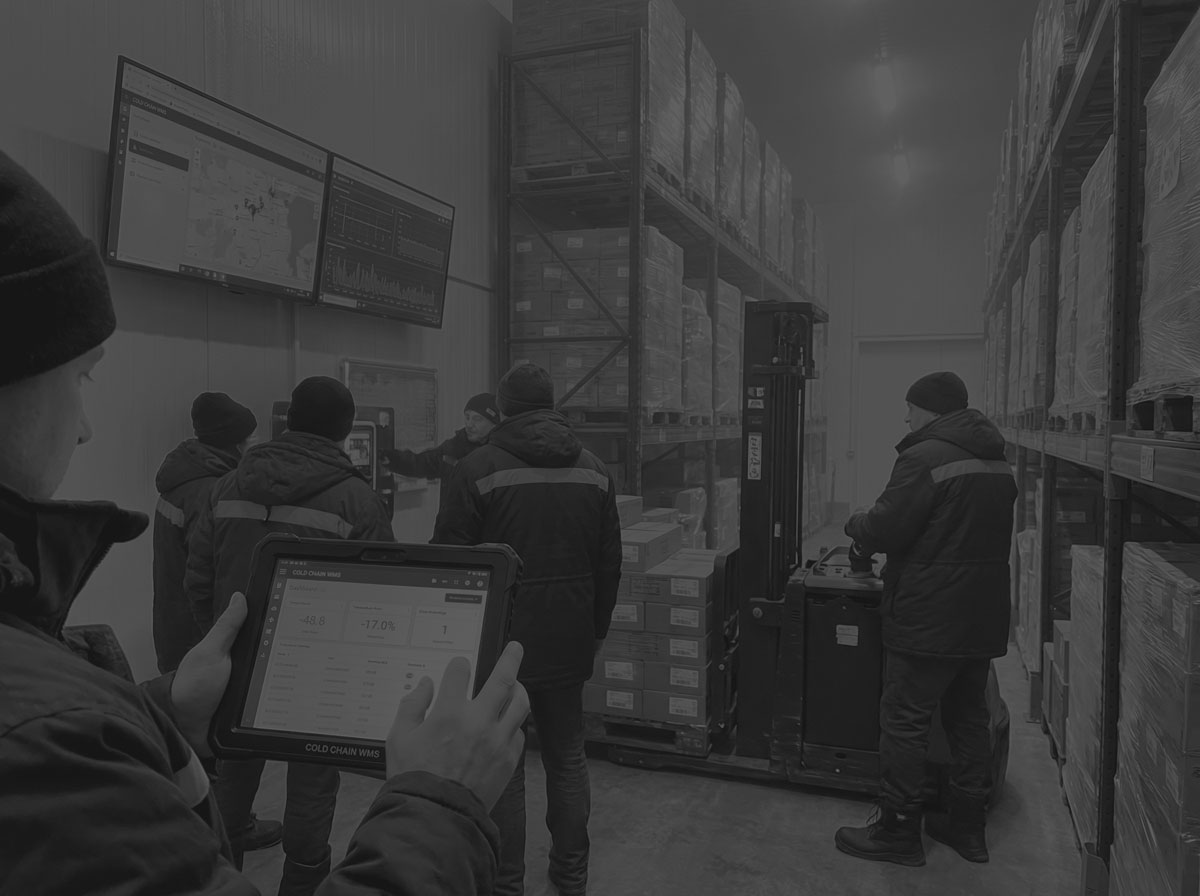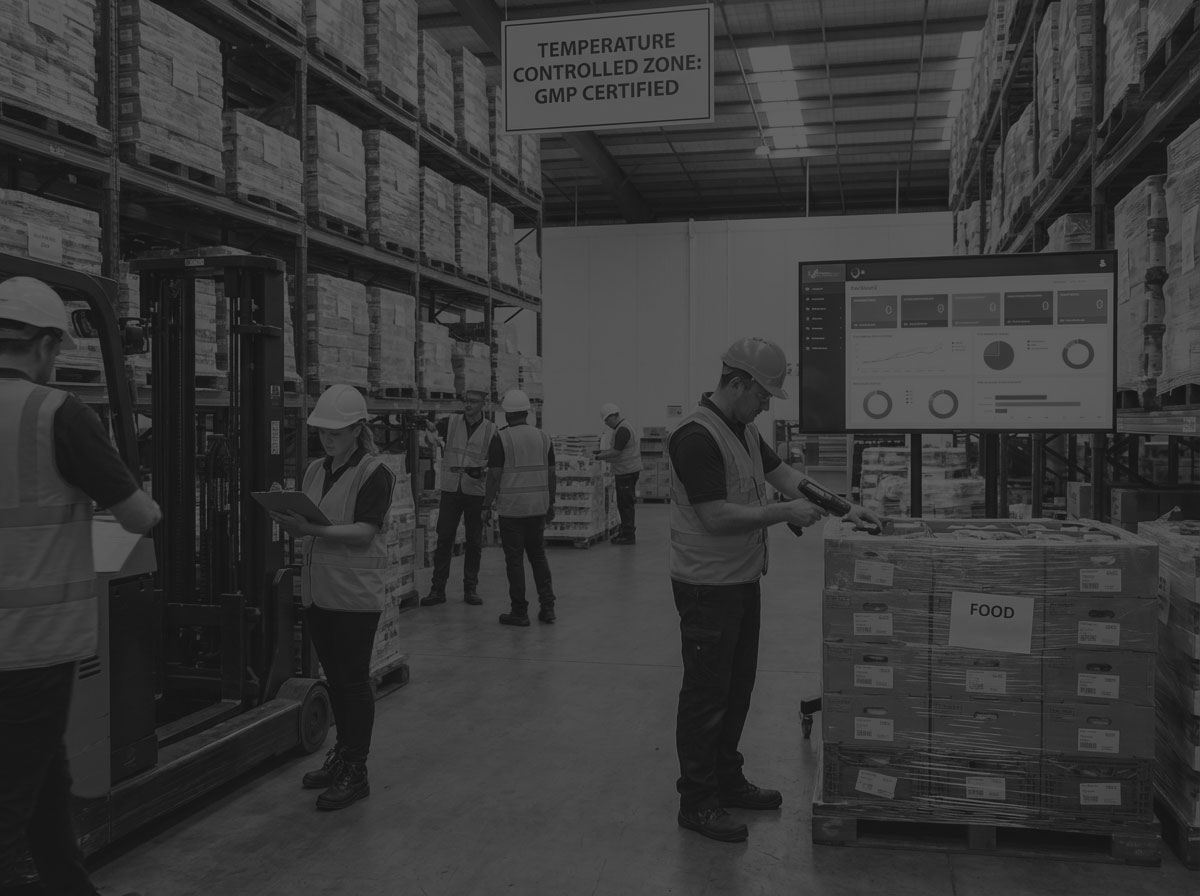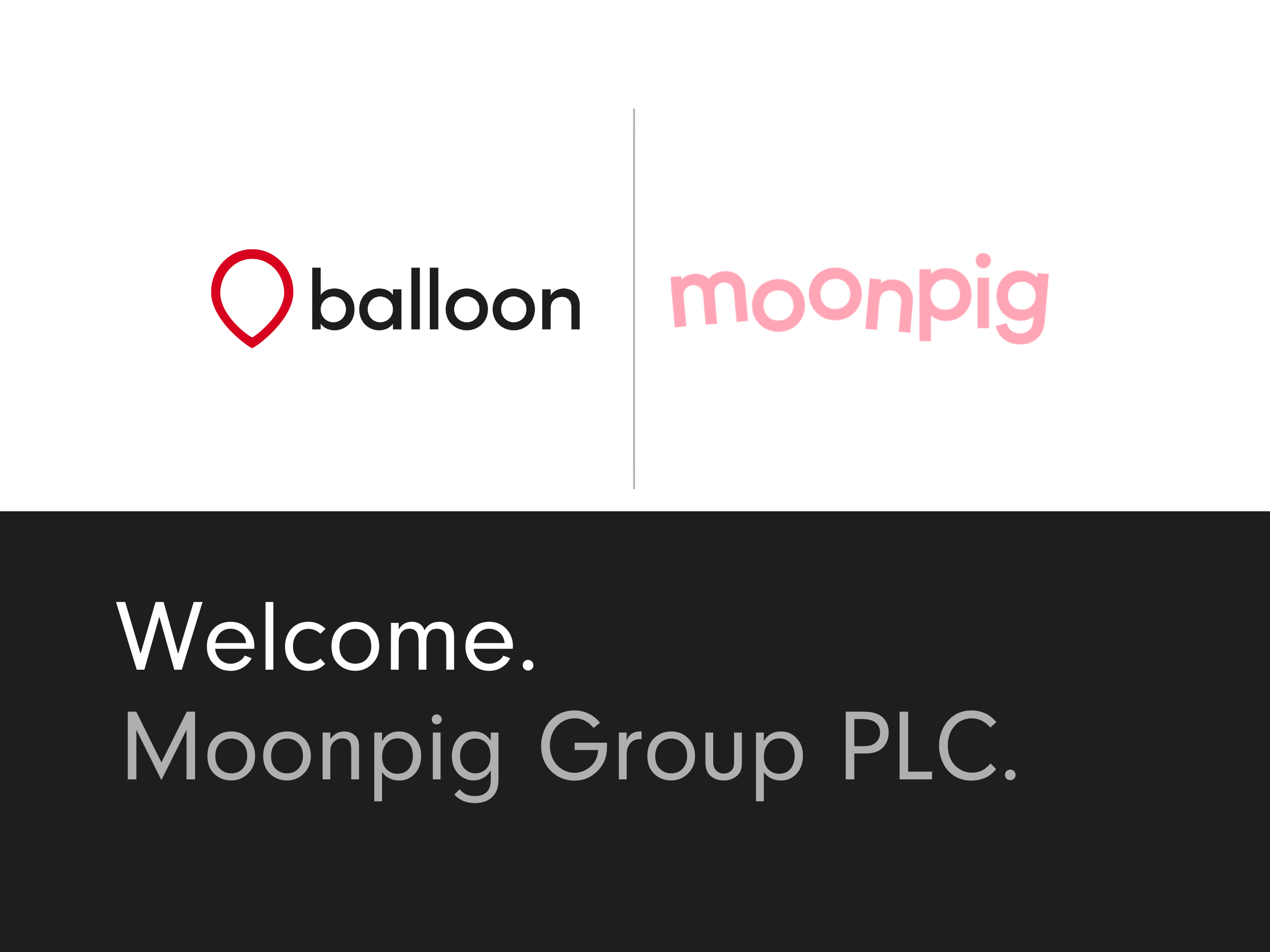What is the Best Type of System for Warehouse Management?

Managing a warehouse efficiently is no small feat. From inventory tracking to order fulfillment, logistics processes within a warehouse can be overwhelming. To keep up with increasing demands and customer expectations, it’s essential to have the right system in place. But with so many options on the market, how do you determine the best type of system for warehouse management?
This article will walk you through the various systems available, weigh their pros and cons, and explore how a tailored warehouse management system (WMS) can transform your operations.
Want more like this?
Download our free guide now.
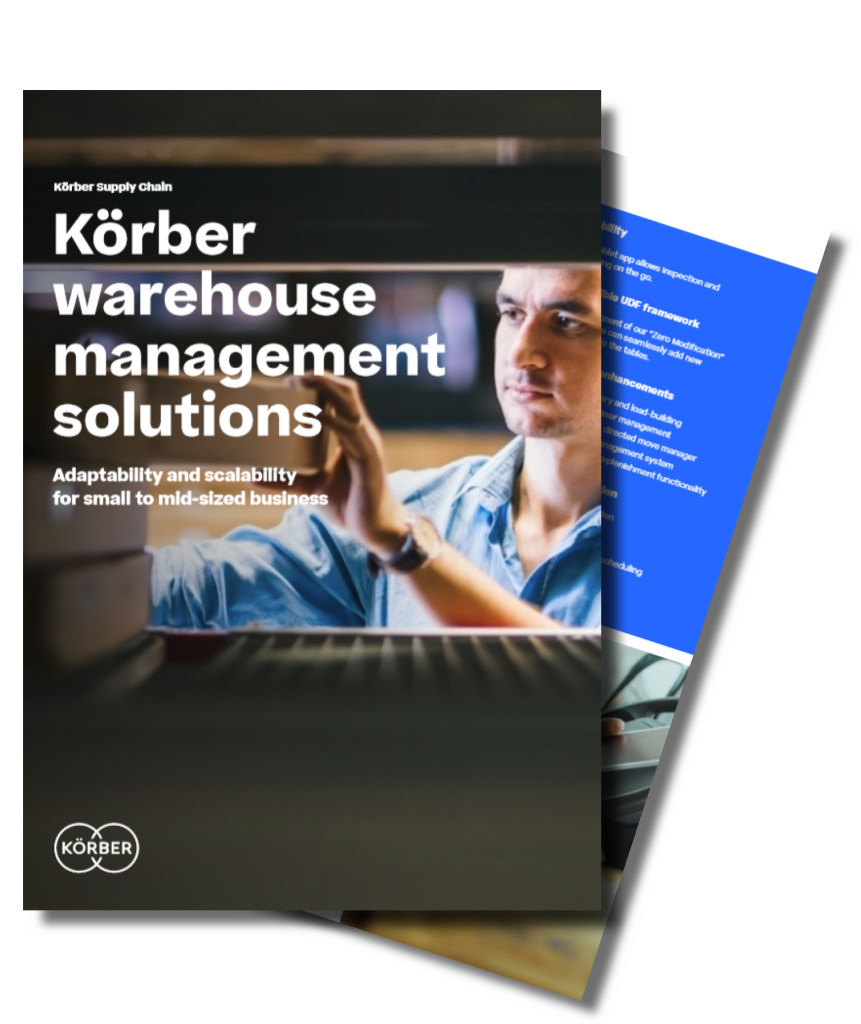
Overview of Available Systems for Warehouse Management.
When it comes to managing warehouse operations, there isn’t a one-size-fits-all approach. Different types of systems can be used depending on your needs and goals. Here’s a quick look at the most common options:
Manual Systems
Manual systems rely heavily on spreadsheets, clipboards, and paper-based tracking for managing inventory and logistics.
Pros:
- Low initial cost.
- Easy to set up.
Cons:
- Error-prone and inefficient.
- Time-consuming.
- Lack of scalability or real-time visibility.
- Very costly in the long term.
Enterprise Resource Planning (ERP) Software
ERP platforms such as SAP Business One offer an integrated approach to managing business processes, including warehouse activities.
Pros:
- Provides a broad overview of inventory, procurement, and sales.
- Can integrate with other business functions.
Cons:
- Can be expensive.
- Requires significant customization to handle detailed warehouse operations.
Transportation Management Systems (TMS)
Focused on outbound logistics, TMS platforms handle order dispatching, fleet management, and route optimization.
Pros:
- Excellent for logistics processes and transportation planning.
- Improves delivery times and customer satisfaction.
Cons:
- Limited functionality for internal warehouse operations.
Warehouse Management System (WMS)
A dedicated warehouse management solution, like Körber WMS, automates and optimizes warehouse operations, offering real-time visibility and control across processes.
Pros:
- Tailored to warehouse needs, from inventory control to order picking.
- Scalable and flexible.
- Provides real-time analytics and seamless integration with other systems.
Cons:
- Higher upfront cost compared to manual systems.
- Requires employee training for implementation.

Why an Efficient System for Warehouse Management Matters?
Efficient warehouse management forms the backbone of supply chain success. Here’s why investing in the right system matters:
- Efficiency Gains: Automating repetitive tasks reduces human error and improves operational speed.
- Cost Savings: Waste reduction, optimized inventory levels, and better labor management decrease overall costs.
- Customer Satisfaction: Fast and accurate order processing means happier customers and repeat business.
- Scalability: A robust WMS grows with your business, supporting increasing complexities.
With warehouses playing a crucial role in supply chain solutions, a WMS tailored to your needs isn’t just a luxury—it’s a necessity.
Different Types of Warehouse Management Systems (WMS).
Not all WMS platforms are created equal. They range from basic solutions for small-scale operations to sophisticated software for complex logistics processes.
Basic WMS or ERP Bolt-On
Perfect for small businesses or startups, a basic WMS or ERP bolt-on focuses on fundamental tasks like inventory tracking, order management, and stock reconciliation. These systems are cost-effective and easy to implement, making them a great starting point for businesses with straightforward operations and limited budgets. They generally have very limited functionality though, and are not suitable for the majority of growing businesses.
Advanced WMS
Designed for mid-sized and large organizations, advanced WMS platforms like Körber provide a comprehensive suite of features to optimize warehouse operations. These systems offer real-time visibility into workflows, advanced reporting tools, and supply chain analytics to streamline processes and improve decision-making. They often integrate with other enterprise software like ERP systems, making them a powerful solution for scaling businesses with complex needs. These systems can be deployed on-premise or in the cloud.
Cloud Only WMS
Cloud-based Warehouse Management Systems are accessible from any location with internet connectivity, making them ideal for businesses with multiple warehouse locations or remote management needs. These systems are highly scalable, allowing businesses to add or remove features as their operations grow. They also benefit from faster updates, improved security protocols, and lower upfront costs compared to on-premise solutions, reducing the need for heavy IT infrastructure investments.
Industry Specific WMS
Designed to meet the unique needs of specific industries, these systems cater to sectors like food and beverage, healthcare, or retail. For instance, WMS solutions for the food industry may include temperature-controlled storage capabilities, expiration date tracking, or regulatory compliance features. Similarly, healthcare WMS platforms can manage sensitive inventory like medications or medical devices and ensure proper auditing for compliance purposes. These tailored systems ensure businesses can operate efficiently while adhering to industry standards.

Key Features to Look for in a WMS.
When evaluating warehouse management software, prioritize features that align with your business needs:
- Real-Time Visibility: Gain insights into stock levels, order status, and workforce efficiency.
- Integration: Ensure seamless connectivity with ERP, TMS, and other supply chain solutions.
- Scalability: Opt for a flexible solution that grows with your business.
- Analytics and Reporting: Leverage data-driven insights to make strategic decisions.
- Ease of Use: A user-friendly interface reduces the learning curve for employees.
- Advanced Automation: For larger businesses, features like automated storage and retrieval systems (AS/RS) can revolutionize operations.
Case Studies of a Successful WMS Implementation.
Jellycat
Jellycat, known for its whimsical plush toys, streamlined its global distribution network by implementing Körber WMS. This allowed the company significantly reduce administratives time and costs, as well as significantly increasing accuracy. Read the full case study to find out more.
Virgin Wines
Since its foundation in 2000, Virgin Wines has grown to become one of the leading direct-to-consumer wine retailers in the UK. It now turns over more than £59m and stocks between 4,000 and 7,000 pallets of wine across three facilities. By adopting Körber WMS, Virgin Wines optimized their order picking and storage processes to drive business growth. Read the full case study to find out more.
Healthcare 21
Operating in the pharmaceutical industry, Healthcare 21 have implemented Körber WMS to improve accuracy and efficiency. Their legacy system reached full capacity, which presented an exciting opportunity to upgrade to a more advanced solution. Read the full case study to find out more.
These real-world examples demonstrate how the right warehouse management solution can meet industry-specific challenges and deliver tangible business outcomes.
The Future of WMS.
Warehouse management systems are evolving rapidly. Here are some key trends shaping the industry:
- AI and Machine Learning: Smart algorithms that optimize inventory placement and predict demand.
- Robotics and Automation: Autonomous mobile robots (AMRs) streamline picking, packing, and replenishment.
- Blockchain: Improved traceability and security in supply chain transactions.
- IoT Integration: Enhanced monitoring of inventory, equipment, and employee activity using smart sensors.
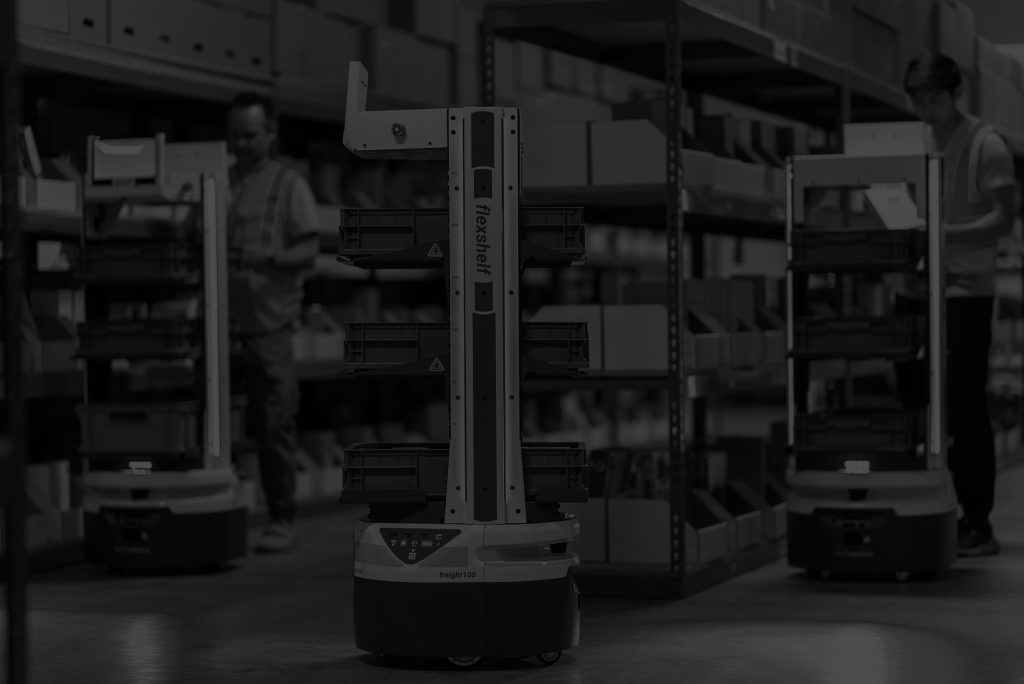
How to Choose the Best WMS Software for Your Business.
Selecting the right system for warehouse management requires careful evaluation. Here’s where to start:
Identify Your Needs:
- Are you struggling with inventory control or order accuracy?
- Do you require industry-specific features?
Determine Your Budget: Balance the cost of investment with the long-term ROI.
Evaluate Vendors: Look for providers with expertise in your industry, such as Körber WMS.
Prioritize Scalability: Ensure the system can grow alongside your business.
Seek Expert Advice: Partner with specialists like Balloon One to ensure seamless system implementation.
Driving Your Warehouse into the Future.
The backbone of supply chain success begins with the right warehouse system. Whether you operate a small facility or a large, multi-location network, investing in a flexible and scalable system for warehouse management is key to thriving in today’s competitive market.
A carefully chosen WMS solution will not only optimize your warehouse operations but also improve efficiency, lower costs, and enhance customer satisfaction. Transform your warehouse today with tailored supply chain solutions that deliver results.
Frequently Asked Questions (FAQ's)
Industries such as e-commerce, food and beverage, healthcare, and retail often see the biggest returns on WMS investments.
Yes! Many scalable WMS solutions cater specifically to the needs and budgets of small businesses.
Implementation timelines vary depending on system complexity and business size but typically range from a few weeks to several months.
Yes, most WMS platforms are designed for seamless integration with ERP and TMS systems. Speak to us today to find out how we can integrate your tech stack for seamless communication between systems.

